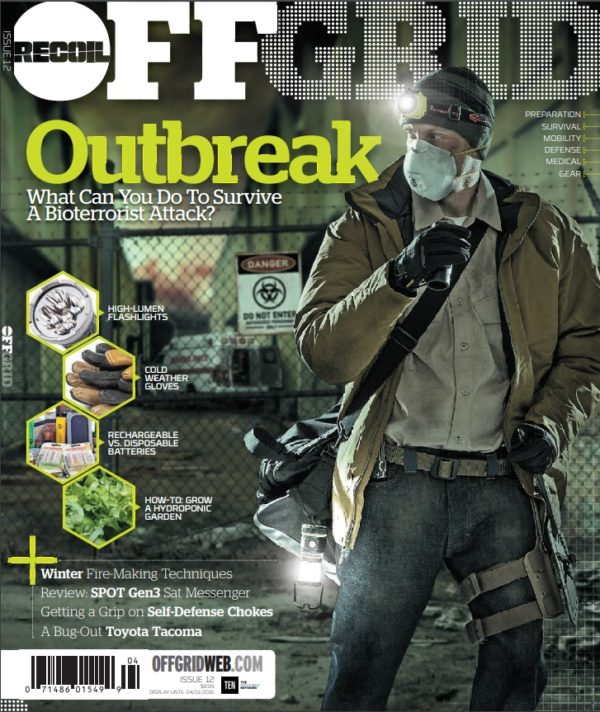Offgrid Preparation Infographic: Best & Worst Foods for International Travel
Few things can ruin a nice vacation faster than explosive diarrhea and vomiting. If you waste a few hours of your trip stuck on the porcelain throne in your hotel room, it's certainly unpleasant. If you're out hiking miles from civilization, this condition can be extremely dangerous.
Travelers' diarrhea, “Montezuma's revenge”, and other gastrointestinal illnesses can be a common side effect of consuming suspect food and water in foreign countries — especially developing nations. Even food and water that appear perfectly clean can carry invisible bacteria that will really ruin your day. This is why the Centers for Disease Control and Prevention (CDC) recommends carefully considering what you eat and drink while abroad.
The CDC has created the following infographic to quickly illustrate some of the most dangerous foods for international travel, as well as some safer alternatives. Some of these items are pretty obvious — you probably shouldn't be gulping down raw eggs and mystery meat kebabs from sketchy street vendors, no matter where you are. However, other potentially dangerous foods are more innocuous — sliced strawberries with breakfast, a side salad at a restaurant, the ice cubes in your drink.

Check out the infographic below, or click here to download it in PDF format.
Note that the specific word used is “safer” not “safe”. Just like in your own home town, there's no guarantee that food hasn't been contaminated at some point. If you're concerned about the sanitation of food while you travel, you may want to bring some pre-packaged meals, or at least carefully choose and prepare local food yourself, thoroughly washing it in clean water.
Speaking of water, this is the root cause of many traveler's illnesses. You may get sick from drinking it directly, or you may get sick after your food has been washed in it. To avoid waterborne pathogens like E. coli and giardia, bring water to a rolling boil before use, or filter it with a water filter or purifier. Even if you're fairly certain the water is safe, bringing a portable water filter on your international travels is a wise precaution.
For more tips on recommended foods for international travel, visit the CDC Food and Water Safety page.
 STAY SAFE: Download a Free copy of the OFFGRID Outbreak Issue
STAY SAFE: Download a Free copy of the OFFGRID Outbreak Issue
No Comments